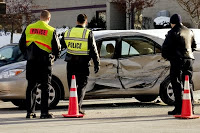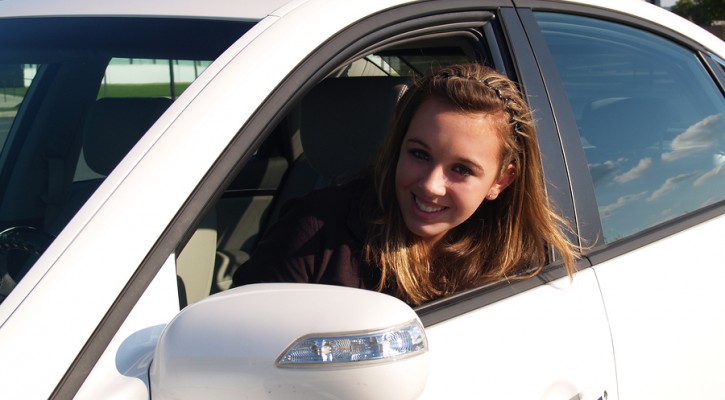Monthly Archives: November 2006

At Risk Teen Drivers are STOPPED in Michigan
November 30, 2006
AAA of Michigan and the Michigan Sheriffs’ Association have brought a great program to 27 counties in the state aimed at risky teenage drivers. This program, called STOPPED, or Sheriffs Telling Our Parents & Promoting Educated Drivers, was created in order to help prevent many of the fatal accidents that young drivers are at a high risk for being involved in. The goal of the program is to address reckless behind-the-wheel behavior by involving parents, as well as law enforcement, in the ongoing process of learning to drive in Michigan.
Many teens feel that once they pass drivers’ education and receive their permit, that they are declared safe drivers. This certainly isn’t the case, and is proven year after year as fatalities involving teenage drivers and passengers increase across the country. What this program does is help avoid these tragedies by catching risky behavior before it gets out of hand. Parents who do not ride with their children while they are driving may not get a chance to see if there are any risky behaviors going on in the vehicle, such as having a large number of passengers. This is where the STOPPED program comes into play.
Vehicles enrolled in the free and voluntary program are registered in a database. If a driver under the age of 21 is pulled over in that vehicle, for any reason, a completed notification card is sent home to the parents. Information such as why they were pulled over, where they were, and how many passengers were in the vehicle are all relayed to the parents of the new driver. This allows the parents to address these issues immediately, in an effort to reduce any further risk-taking behavior while driving.
The pilot program started in March of 2005, with just seven counties statewide participating. With the recent addition of 20 more counties in the State of Michigan, it is quickly becoming a success. Though the program is voluntary, many parents are finding this a great addition to the other safety precautions they have taken in making sure their children are safe on the road. Now if only other states would follow the lead of Michigan, and do their part to help cut risky driving behavior in teens.

Safety on the Road for Teens
November 15, 2006
As teens, we think we know it all, but we don’t. Based on the number of fatal accidents caused by teenage drivers each year, we don’t know some things – like how to drive safely. In “Driving Tips for Teens,” a video presentation that is offered by Allstate Foundation and its partners, there are some startling statistics. The one statistic about teens being 400% more likely to die in a car crash than someone who is in their mid-twenties to mid-thirties should really put a damper on your enthusiasm to go joy-riding with some friends after school.
Luckily, there are a few things we can do to help avoid being a statistic. We’ve all heard the importance of avoiding aggressive drivers and getting out of their way, or defensive driving. We also know that we should buckle our seat belts, keep our hands on the wheel (at all times!), and not talk on cell phones, eat or drink while driving. However, many teens are still doing this. It is also very important to mind the speed limit at all times – they really are there for a reason!
One of the most important things for all drivers to remember is to never drink and drive. Drinking impairs our ability to think straight, and for a teenager or other young, experienced driver, this can spell disaster. Distraction and a reduced ability to react are recipes for a fatal accident. This is another reason why it is never recommended to drive while you’re angry. When your emotions are so strong, your mind is distracted.
The site also mentions a driving program called TeenSmart. It helps parents of teen drivers work with their kids in meeting all the state driver’s licensing requirements without the heated discussions and arguments. There is also cool video and computer based training sessions that teenagers can take that puts us through the paces of what we would likely encounter on the roads. This is just another great tool to help teenagers get experience, increase their skills, and gain additional driving privileges – especially while they are practicing for their driver’s license test.
